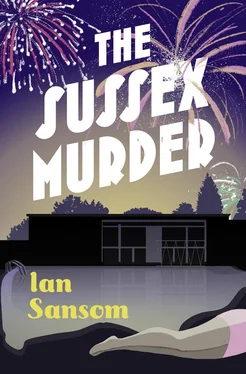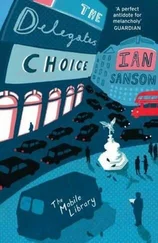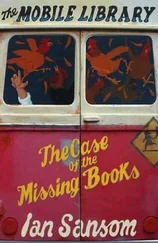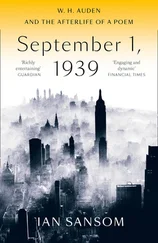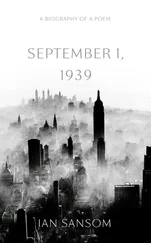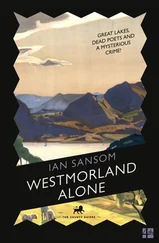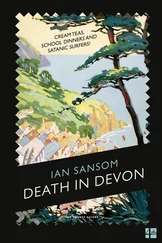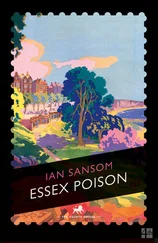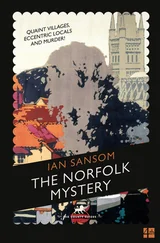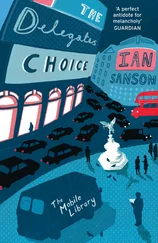‘Oh no, no, no,’ said Miriam. ‘Sorry, I should have said. We’re meeting him down in Brighton.’
‘Right.’
‘Come on, Sefton. In you pop. No time to lose!’
With Miriam driving, I was left in the passenger seat with the Bedlington, who instantly – quite understandably – became unsettled as Miriam started up the engine and gunned down towards Camden Town. I held on tight to the poor pooch and did my best to calm him: in return, he relieved himself over my trousers.
Damp and headachy, heading out of London, I listened as Miriam recapped for me some of the things her father wanted us to see in Sussex, including Arundel Castle – ‘The archetypal English castle, Sefton, according to Father. Norman and Early English, Gothic and Gothic Revival, Victorian and Modern, absolutely unmatched’ – and many other high points, including Beddingham, Seaford, Alfriston and Litlington, all places I’d never heard of and had absolutely no desire to visit.
‘Do you know Elgar?’ asked Miriam, somewhere around Crawley.
I admitted that I did know Elgar, forgetting, as so often, that for Miriam knowing someone of renown meant actually knowing them, rather than knowing of them.
‘Marvellous, isn’t he? Father and I have spent many happy hours with Elgar at Brinkwells in Fittleworth. He has marvellous views to Chanctonbury Ring. When did you visit?’
I had not visited. I had no desire to visit.
It had been a long day.
And I had no idea when we eventually reached Brighton that it was going to be an even longer night.
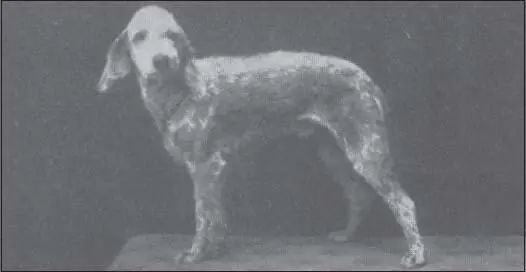
The Bedlington
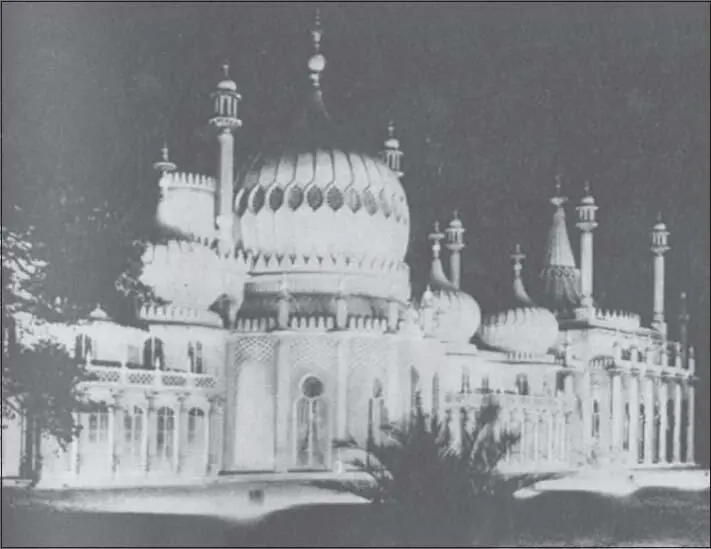
A Late Night Sort of Town


DUE TO CIRCUMSTANCES partly within my control (poor map-reading) and partly without (slow-moving vehicles; cattle being driven along the road on the way to an abattoir; a family apparently moving house using a large cart, upon which they had balanced a dog in a kennel, some rabbits in a hutch, a canary in a cage, a goldfish in a bowl, some hens in a chicken house, a garden shed, bags of logs and several sacks of coal), we arrived rather late in Brighton. Fortunately for us, Brighton was and is, and with any luck will always be, the kind of town that stays up to welcome late-arriving visitors. Cruising into town on a chilly autumn evening around 10 p.m. – by which time most, if not all English towns and villages have long since shut up shop, pulled the curtains tight and retired safely to bed till morning – on the streets of Brighton there were still dog-walkers, cyclists, courting couples and children out playing. According to Morley in The County Guides: Sussex , ‘Eastbourne stands aloof, Hastings is of the people, but Brighton alone has a continental character.’ The place certainly had a character continental that evening, as if it were an English town holidaying late in the season somewhere in the south of France. And as it turned out, the evening became more and more continental as it wore on.
Molly Harper, Morley’s American adventuress, was giving a recital at the Theatre Royal, or, rather, had been giving a recital at the Theatre Royal. The performance was almost over by the time we arrived, which was a cause for great celebration on Miriam’s part.
‘Thank goodness for that, Sefton,’ she said. ‘I have absolutely no desire to hear the American Oval sing. It’s bad enough having to hear her talk. Come on, let’s find a quick drink, and then we shall go and rescue Father from her carmine clutches.’
We parked conveniently outside the theatre and persuaded – or, rather, Miriam persuaded – an usher to serve us in the bar, where we happily sat alone drinking gin cocktails until the audience departed, whereupon we made our way backstage and soon found Molly’s dressing room by following the tinkling sound of laughter.
‘Enter!’ came the cry, as Miriam knocked briskly on the door.
The first thing I noticed on entering was the large presentation basket of fruit – Fortnum’s, naturally – and numerous exquisite bouquets of flowers, which were most certainly not in season and therefore most certainly wildly expensive. Set among this extraordinary colourful display, like a life-size mascot Pierrot, was Molly Harper herself.
It has to be said that Miriam’s description of Molly was not entirely inaccurate: she did indeed have eyes that looked like they might winkle you out; she did indeed have rather ludicrous eyebrows, suggesting a look of constant surprise verging on astonishment; and she did, in that American fashion, appear in every way to be a slightly inflated version of herself. She had a ready laugh, for example, that to English ears rang rather hollow, and she was seemingly equipped with endlessly bubbling reserves of the kind of enthusiasm that is entirely alien to the slow and long-cooled Brit. Her entire manner and appearance – her eyebrows, her hair, her enthusiasm, her vivid painted nails – struck one as being rather more suitable for the stage than for any average everyday activities. Larger than life, she was also rather larger than her tight, billowing black and white evening gown naturally allowed. With her white arm-length buttoned gloves, her perpetual look of astonishment, and her raven-black soignée hair, she had all the appearance of a rather sinister, pampered silken panda.
What Miriam had not mentioned in her description, however, was that Molly looked very much like an older, fuller version of … Miriam.
Swanton Morley of course looked precisely as he always did: he was someone whose success had been achieved entirely by dint of his own efforts and by unchanging daily habits and rituals, which meant that there was little about him that ever seemed to alter. Photographs of him aged thirty resembled exactly photographs of him aged forty and fifty – not so much Dorian Gray as an immovable and immutable Easter Island statue. He always wore exactly the same clothes, or at least exactly the same sort of clothes, a uniform that he had chosen as a young man and which he had stuck with ever since, the Morley Style: the sober-coloured suits in finest tweed or worsted, the tightly buttoned waistcoat with its additional notebook and pencil pockets, the sharply cuffed trousers, the tailoring always stiff, conservative and redolent of an earlier age. His tailor was a man in Norwich, a Mr Barton Bendish, who kept premises in an arcade near the city’s market and whom Morley had known since childhood. Mr Bendish was, according to Morley, the equal of any tailor on Savile Row and a man capable of transforming even the stoutest and dowdiest John Bull into a super-sleek Sydney Greenstreet. He often suggested to me that he could provide me with an introduction to Mr Bendish, who would happily provide me with outfits similar to Morley’s own, an offer I always refused since at the time I cultivated a studiedly carefree appearance that was quite in contrast to Morley’s rather more sober-suited image. Though how I wish now that I had a Barton Bendish of my own. The only sartorial eccentricity Morley ever allowed himself were his brown brogue boots, always highly polished, and his bow ties, many of them patterned to resemble fine Scottish knitwear. This evening, at the Theatre Royal, he looked as well-tended as ever, in a three-piece light grey suit, with a red and white polka-dot bow tie – not merely smart, I thought, but actually elegant, as if the mere presence of a woman like Molly were slowly turning his tweed to silk.
Читать дальше
